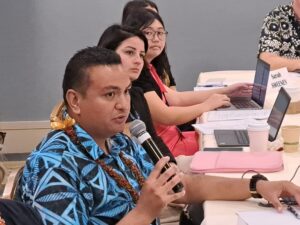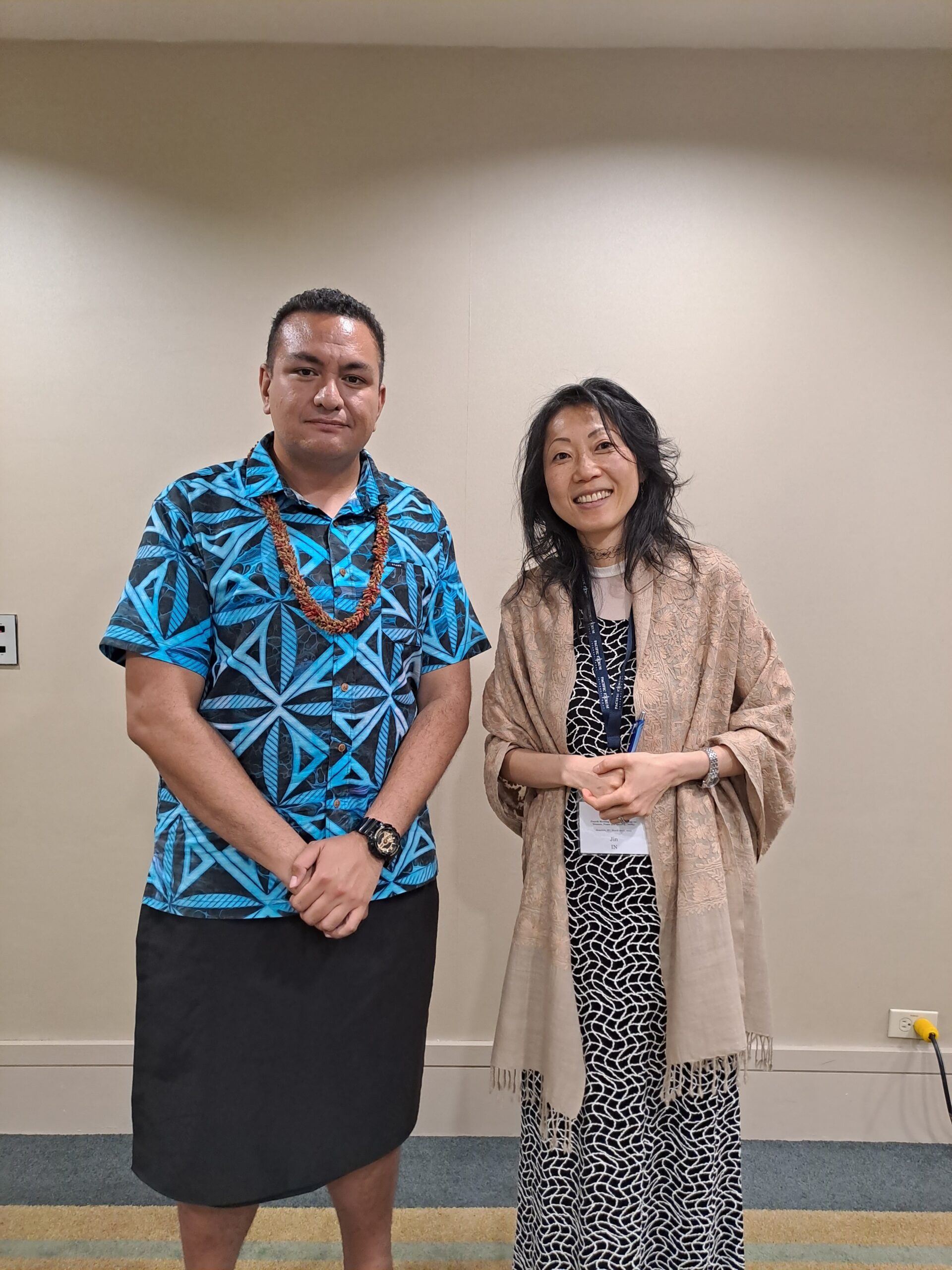 I have to admit I felt a little uneasy attending this study group. I am not a woman and I do not have any field experience in security but more importantly, I was not privy to the three previous study group meetings. I was literally going in blind but I suppose it’s my independence that made my participation somewhat useful (that is what we tell ourselves when we feel grossly inadequate).
I have to admit I felt a little uneasy attending this study group. I am not a woman and I do not have any field experience in security but more importantly, I was not privy to the three previous study group meetings. I was literally going in blind but I suppose it’s my independence that made my participation somewhat useful (that is what we tell ourselves when we feel grossly inadequate).
Many of the recent strides in gender equality have dodged peace and security, an industry that still largely remains an old boys club. Especially in governance, where key decisions about the rights and protections of women and girls in conflict and disaster are made. But even online where all of the social media companies are led by men. I was not feeling particularly optimistic about our odds.
At two days, this was not a very long conference. But my impression was overwhelmingly positive. I could see that most of the discussion had occurred well in advance by key stakeholders in the region and that this was mostly about locking in the final outcome document. It was topical too with references to the global pandemic and the impact of climate change as well as differences between subregions and localities. We heard directly from NATO, US forces at the Pacific Command, Australian and New Zealand Defense Forces, leading academics in the gender field, and a senior foreign policy correspondent at CNN. One observation though was that we did not hear from the military or media organisations in Asia which might have been useful in terms of looking at synergies and common challenges. It felt very western-centric. The recurring theme was that although gender was now on the radar, it was not being taken seriously enough at the leadership level to achieve large-scale change. One of the things that really shocked me was learning how women account for less than 20% of expert news sources. How can we improve the visibility of women in the boardrooms when we do not even see them on our televisions?
I remember watching conflict reports on the news growing up. Women and girls were only ever mentioned as victims of sexual harassment or displacement. Never as mediators, technical experts, or relief workers.
The figure is similar for women in conflict research and innovation, management, marketing, etc. They are often the victims of cyber bullying too but rarely do online safety strategies include gender. If we do not change the way we see women in the workplace, we will never change outcomes for women and girls on the ground. One of the speakers was incredibly profound when she said women are not necessarily born with more empathy or compassion. They are expected to behave that way by society. We value male traits in leadership which is often why women miss out on promotions. You see had I not attended the conference, I never would have discovered these incredible insights. There were three young leaders in the room. Each of us awkward and aloof. But beyond our gaze was a genuine fear that defunding civil society spaces, attacks on press and academic freedom, and the steady revival of populism could undermine all of the progress in this area. The case for young people at these events has never been stronger. It is our future on the line here. We must have a stake in what that future looks like.
 This is why platforms like the Pacific Forum are so essential. They bring stakeholders together to monitor progress against real world issues without the political restraint of diplomacy. I’m glad I did not let my reluctance stop me from attending. I just wish more men were brave enough to see gender as a strength and not as a “woke” experiment. Since attending, I have found myself prompting gender conversations more frequently in the workplace and in the wider community. Asking for data and evidence and making time-bound commitments. One thing I could not help but notice however is that women of colour are often missing from high-level conversations on gender equality. We risk re-creating the same levels of privilege that already exist if we do not include more women of colour, women with disabilities, indigenous women, rural women, etc. We are on the right track but there is always more work to do in this space. I have not attended a conference in person for nearly three years due to COVID-19 but this one was very special. It made me identify my privileges as a western male and the shortcomings in the way that we manage conflict and disaster in the 21st century. I am absolutely convinced that if we applied a gender lens to peace and security, we would limit conflict and improve disaster management. It is more cost effective too. We waste billions of dollars every year soliciting the advice of expensive consultants who only tell us what we already know in glossy charts. If we are serious about progress, it starts with including the excluded.
This is why platforms like the Pacific Forum are so essential. They bring stakeholders together to monitor progress against real world issues without the political restraint of diplomacy. I’m glad I did not let my reluctance stop me from attending. I just wish more men were brave enough to see gender as a strength and not as a “woke” experiment. Since attending, I have found myself prompting gender conversations more frequently in the workplace and in the wider community. Asking for data and evidence and making time-bound commitments. One thing I could not help but notice however is that women of colour are often missing from high-level conversations on gender equality. We risk re-creating the same levels of privilege that already exist if we do not include more women of colour, women with disabilities, indigenous women, rural women, etc. We are on the right track but there is always more work to do in this space. I have not attended a conference in person for nearly three years due to COVID-19 but this one was very special. It made me identify my privileges as a western male and the shortcomings in the way that we manage conflict and disaster in the 21st century. I am absolutely convinced that if we applied a gender lens to peace and security, we would limit conflict and improve disaster management. It is more cost effective too. We waste billions of dollars every year soliciting the advice of expensive consultants who only tell us what we already know in glossy charts. If we are serious about progress, it starts with including the excluded.
When I left the conference, I was reminded of my grandma. Whenever we encountered difficulty, it was her reassurance and patience that made all the difference. She was more tolerant than my grandpa and would listen more too. I think I would feel a lot safer if my grandma was in charge.
Fale Andrew Lesa JP ([email protected]), Indigenous to Samoa and residing in New Zealand, is an elected member of Auckland Council, the largest city council in Australasia, and a policy consultant at the Asian Development Bank. Fale has worked for UNESCO globally on both heritage and climate change and was human rights scholar at Reuters and a former keynote speaker at Women Deliver. He has also worked with UN Women on gender in the humanitarian context.
Disclaimer: All opinions in this article are solely those of the author and do not represent any organization.







